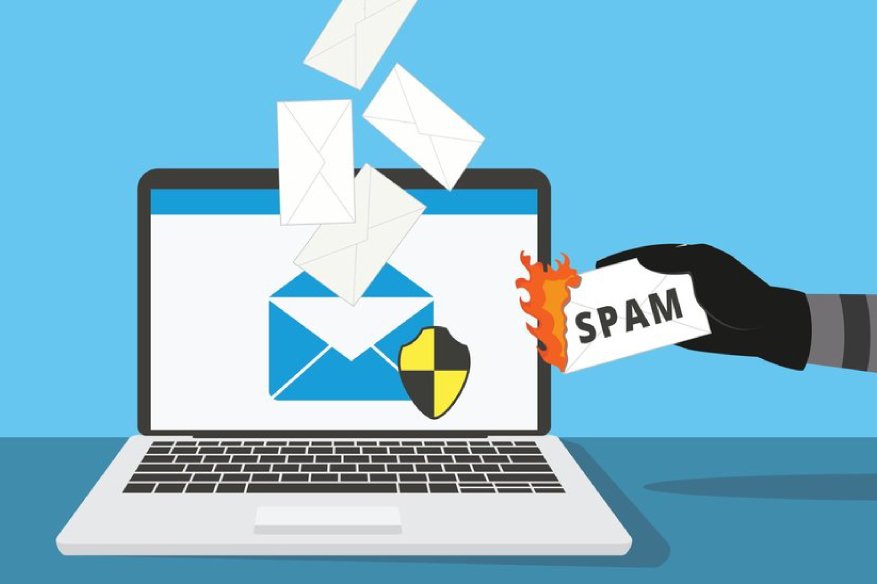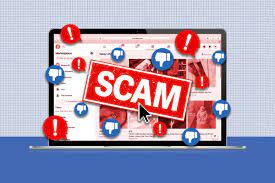HOW TO DETECT A PHISHING WEBSITE
Phishing remains one of the malicious ways fraudsters gain access to our personal information. Phishing attacks are growing day by day with our usage of the online space as we know it. Man’s constant need to be part of the growing tech and online space puts him at risk of falling for phishing attacks.
By definition, phishing is a firm of cyber-attack targeted at penetrating your device and gaining unrestricted access to your personal information.

Phishing works in different ways, with each method unique to its platform. All phishing attacks have the same goal. Phishing can come in emails, the website’s bio-data form, cookies, etc. The fraudsters mask themselves as a legitimate company. They send you documents requesting personal information or present themselves as a college admissions board, service provider, bank officials, etc. Before you send your personal information to anyone online, you need to check well for potential red flags.
Now that we are caught up on what phishing is, we understand the vices and ways of these fraudulent individuals. Our aim in this outline is phishing websites. Yes, apart from emails, some websites present themselves to be legit. However, they are to be avoided.
How you can detect phishing websites.
CHECK THE URL

The first thing you want to do when visiting a new website or any website is to check the URL in the address bar. The URL should have a small padlock symbol on the left side. This symbol means that the website has an SSL certificate (secured sockets layer) and that your connection is secure. And the URL should begin with an ‘HTTPS://’ the ’s’ symbolizes that it is secured and legitimate. However, phishing websites lack the ’s’ in the address, for example, ‘HTTP://.’ You can click on the padlock symbol to check and see for yourself.
Another important thing to look out for is the web address itself. Check the spelling of the address; cybercriminals deceive users by creating a similar website with ‘almost’ the same URL as the legitimate one. Little changes are made to the very inconspicuous URL, e.g., facebook.com, the letter ‘O’ may be substituted with zero, and you have faceb00k.com or the domain name, or the legitimate website .com.ng, the fraudsters will substitute it for .org.ng.
Once you notice these red flags, you should immediately exit the website.
CHECK THE CONTENTS OF THE WEBSITE

No matter how perfect or almost the same the phishing website may present itself, there are still some little errors evident in the site. One of which is the contents of the website. The red flags here are spelling errors, low-resolution images, color, etc. Something is wrong once you notice a few of these things on a website.
THE CONTACT INFORMATION
Phishing websites will not have the ‘contact us section. The legitimate website has their contact information like the social media handles, Telephone no, work email, office addresses, etc. Phishing websites cannot provide this information. Once the website you’re visiting lack these things, you should steer off!
WHO IS THE CEO/OWNER?
You have to check through the site to know the owner(s) of the website, the CEO, or the admin team. Phishing websites will not provide this kind of evidence. To check this on any website, go to the ‘about us’ section and read about who owns the business. Doing this will assure you that you’re not walking into a trap.
HOW DO YOU PAY?
Legitimate websites use debit cards or online payment methods to accept payments. However, if a website requests a bank to a bank transfer, it is most likely a phishing website, which means that you should stay off!
The website will want to use bank transfer because it has not been given credit/debit card payment permissions. Do not engage in this kind of payment.
To conclude, phishing websites aim to penetrate through your defenses and gain access to your personal information. With all the methods mentioned above for detecting a phishing website, you should be in a safe zone from cybercriminals. However, if you’ve entered your personal information on an unsafe site or if you have lost funds to a phishing website, visit ‘https://recoveriespro.com’ to get help from professionals. Funds or Data loss may also be due to phishing attacks, and it poses to be very detrimental to users. Your credit card details, passwords, and so on are at risk. To recover lost data or personal information, hire a professional on recoveriespro.







